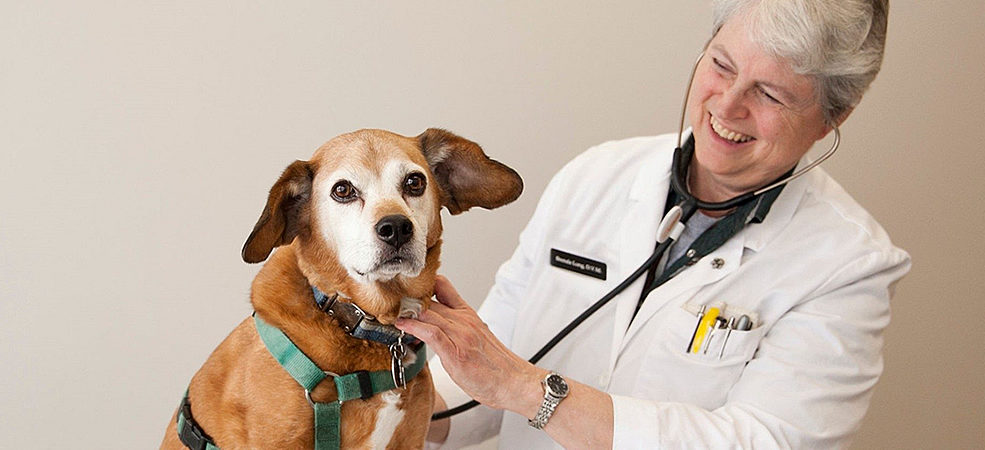Veterinary Profession has Lack of Ethnic Diversity

There is a distinct lack of diversity within the veterinary profession but appointing more BAME staff could drive the industry forward.
While the need for ethnic diversity within the veterinary profession is being talked about more, much more action needs to be taken.
Appointing more BAME people would significantly boost the industry.
The BAME population in the UK is greater than the total population of Scotland and Northern Ireland combined.
The demographics within the profession is changing but the same cannot be said for diversity. Access still remains difficult for many BAME people who are not adequately represented in the public face of the profession.
Members of the British Veterinary Ethnicity and Diversity Society (BVEDS) spoke about the ongoing issue.
They want people to discuss the issues as the common goal is to make the veterinary profession more appealing to BAME students and to make universities and workplaces inclusive enough for them to stay in the profession.
The reasons why white people may leave the profession is known but it is unclear as to why many places remain hostile environments to students and vets of colour.
As employers, not considering the barriers in front of BAME students and vets means that they’re missing a trick even though universities are opening more places to international students, who pay significantly higher fees than UK students to study.
The veterinary profession still does not have a system that properly welcomes new vets from overseas. This means that every year, the profession loses many RCVS-ready UK graduates.
When considering the UK, they miss out on British students from BAME backgrounds at a school level because of the assumption that they don’t want to become vets due to familial and cultural pressures to be doctors or engineers.
However, they have not been asked possibly due to the fear that it may cause offence. It still remains an issue which must be targeted.
BAME children make up 50% of the school-age population, many of which are potential vets of the future if improvements to diversity are made.
By not asking questions of the students put off even applying, the profession effectively closes themselves off to some brilliant minds.
The small percentage who do go through vet school may not feel supported.
For example, they may not know who to turn to should they be the victim of a racist incident. They do not know if their future employers are aware that racism is still an issue, from ignorance to hatred.
Not only is this a problem for the future but it is a problem now. Given the shortage of vets coming into some areas of practice, it is something which cannot be ignored.
BVEDS is already supporting BAME students behind the scenes, who describe issues that their white counterparts would not experience.
One example is the dread that they may feel over whether a client was going to refuse them in the room because of their skin colour.
As the issue is being talked about more, people who originally did not think it was a problem are now starting to ask more sensible questions.
More people who appeared to be set in their ways will potentially realise that the veterinary profession is not the same for everyone.
Improving diversity will provide hope for employees as well as the profession.
